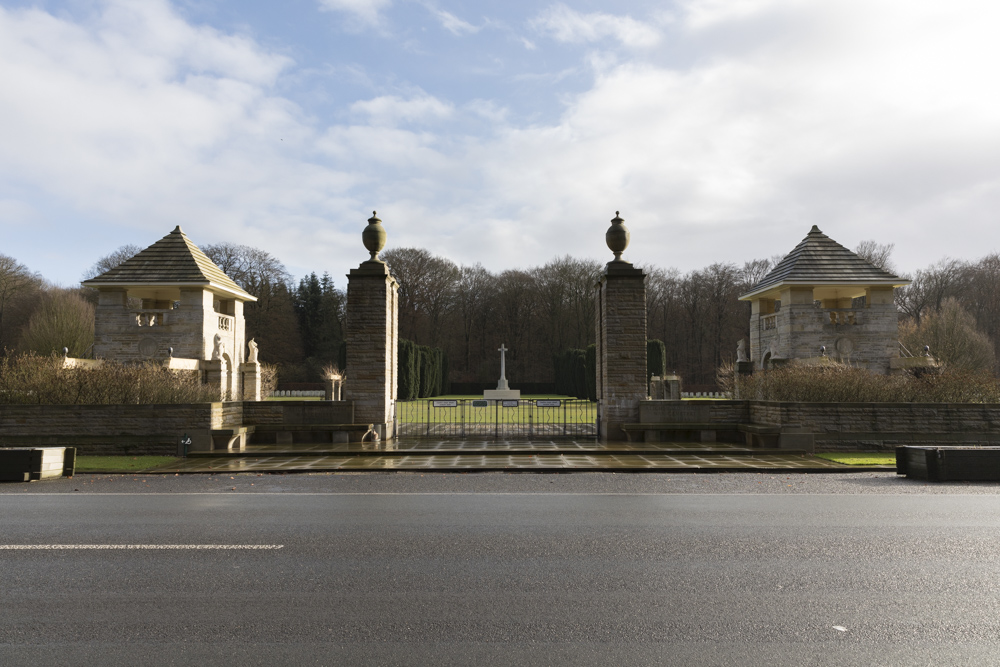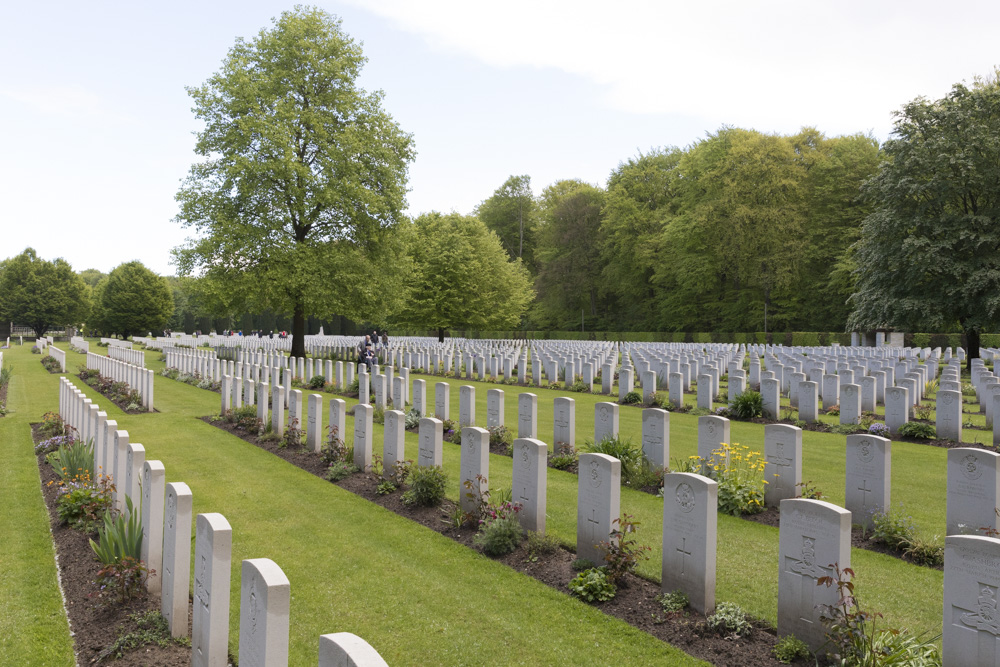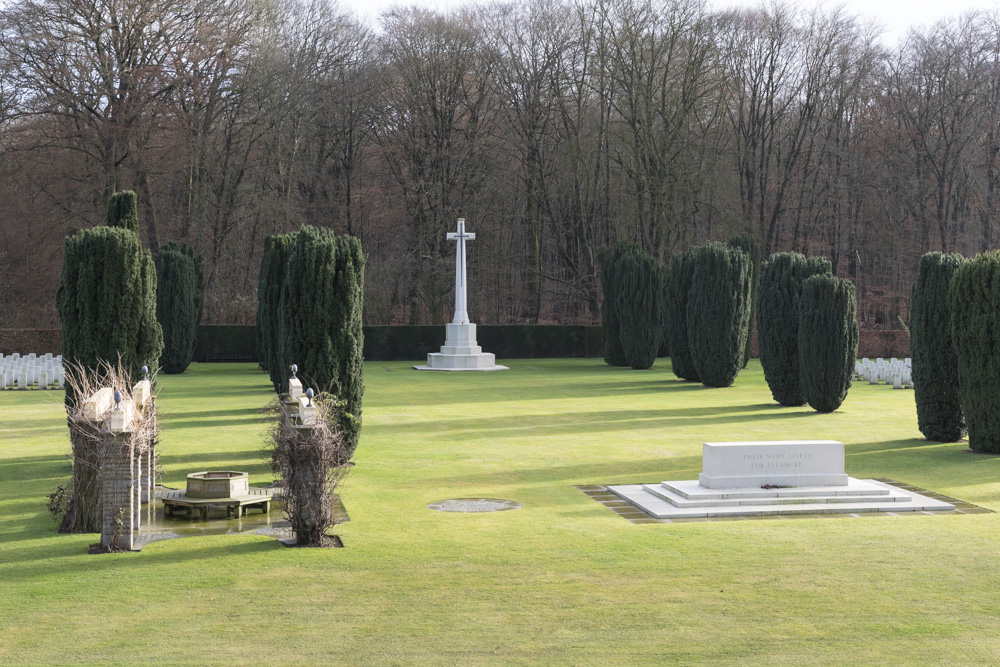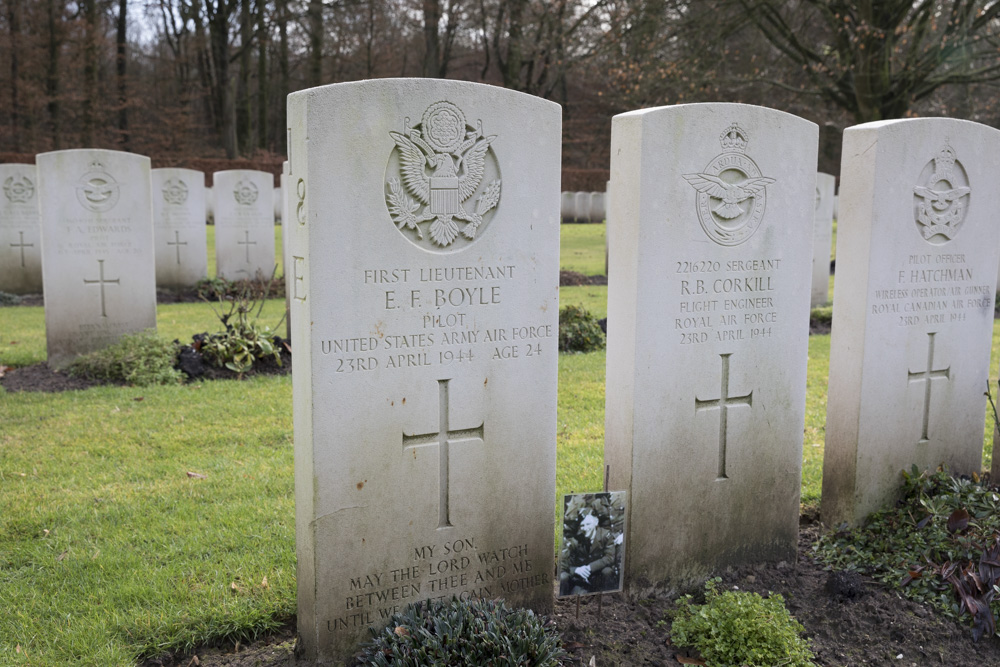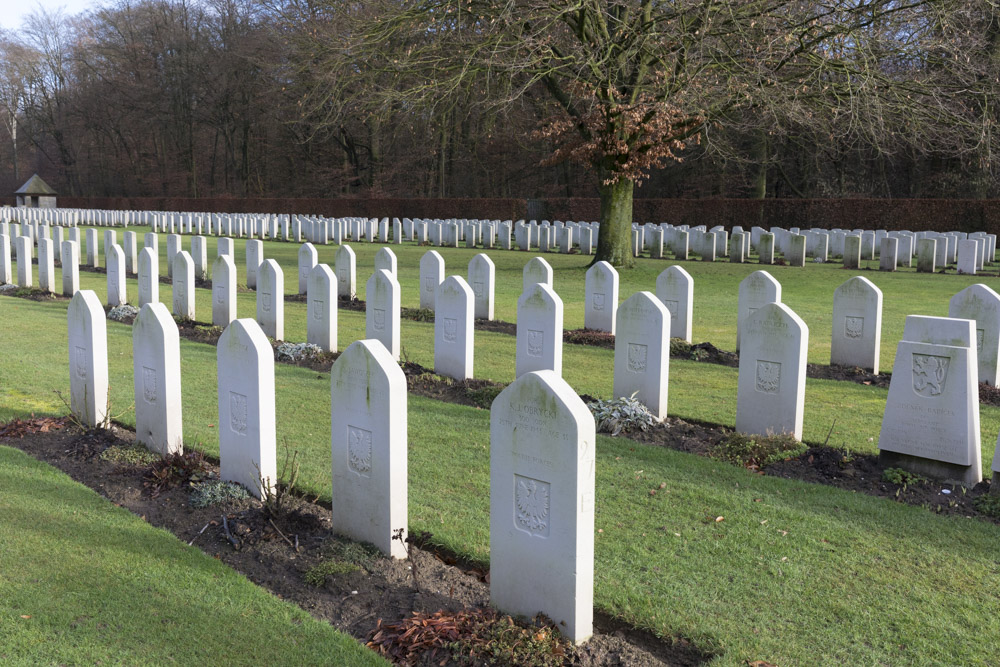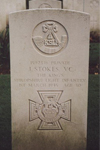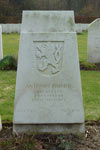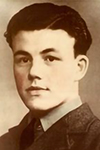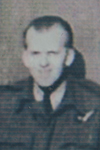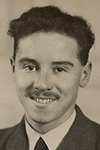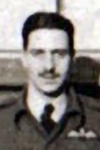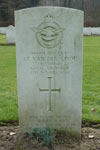Commonwealth War Cemetery Reichswald Forest
The Reichswald Forest War Cemetery, located in the municipality of Kleve in North Rhine-Westphalia, Germany, is the largest Commonwealth cemetery in the country, with 7,594 graves from the Second World War, including 176 unidentified.
Situated just across the border from Nijmegen in the Reichswald Forest, it serves as a solemn resting place for soldiers whose remains were brought here from across western Germany after the war. The cemetery was designed by Philip Dalton Hepworth, with much of the construction carried out by German prisoners of war under Canadian supervision.
Those buried here include members of the land forces who perished during the advance through the Reichswald Forest in February 1945 or while crossing the Rhine. Among them are members of the 6th Airborne Division, whose bodies were retrieved from Hamminkeln, where they had landed in support of the Rhine crossings. Many airmen rest here as well, with some having died earlier in the war during air attacks over Germany, their graves relocated from cemeteries and isolated sites in the surrounding areas.
Although most of the graves belong to British soldiers, 1,239 servicemen of other nationalities—primarily from Canada, New Zealand, Poland, and Australia—are also interred here. Notably, there are 78 war graves of other nationalities, mostly Polish, and two graves bearing white stones with the Dutch lion, marking the resting place of two Dutch soldiers.
The cemetery also contains special memorials: nine airmen are commemorated along the East boundary wall near Plot 10, and another seven near the Cross of Sacrifice within Plot 31. One exception to General Crerar's directive against burying fallen Canadian soldiers on German soil is found here, with a single Canadian serviceman interred at the site. The majority of Canadian soldiers who died in Germany—2,331 in total—are buried at the Groesbeek Canadian War Cemetery.
By April 1954, the construction of the cemetery was still ongoing.
Cemetery description
As you enter the cemetery at the northwest boundary, soldiers’ graves lie to the right and airmen’s to the left. Near the entrance, two warm Oberkirchner stone shelters stand, mirrored by smaller ones at the opposite boundary. Entrance piers feature a lion and unicorn carved by Gilbert Ledward. Granite steps lead to upper floors with sweeping views of the grounds.
At the center is the Stone of Remembrance, designed by Sir Edwin Lutyens, inscribed with "THEIR NAME LIVETH FOR EVERMORE." A wide avenue leads to the Cross of Sacrifice, designed by Sir Reginald Blomfield, positioned at the southeast boundary. Both are key features of Commonwealth war cemeteries.
Memory Anchor
The CWGC cemetery offers Memory Anchor tours through a free app. You can explore the site remotely or follow a path on-site, uncovering stories along the way. The app also lets you scan headstones to view casualty information.
Do you have more information about this location? Inform us!
Source
- Text: TracesOfWar
- Photos: Arjan Vrieze
Related videos
Nearby
Point of interest
- Location Knickebein Radar Kleve - Kleve
- Historical screen September 1944: Nutterden - Nutterden
- Information Sign Bombing 07-02-1945 Kleve - Kleve (Donsbrüggen)
Monument
- Liberation Route Marker 095: Art Protection Officer Ronald Balfour - Kleve
- Rangermonument Kleve - Kleve
- War Memorial Kessel - Kessel
Cemetery
- German War Graves Kleve - Kleve
- German War Cemetery Kleve-Dönsbrügger Heide - Kleve (Donsbrüggen)
- German War Grave Kranenburg - Kranenburg
Remembrance Stone
- Stumbling stone Lindenallee 19 - Kleve
- Stumbling stones Lindenallee 32 - Kleve
- Stumbling Stones Lindenallee 6 - Kleve
